-
-
-
Total payment:
-

Common types of wood used for packaging plywood
Posted by Kiều Trang at 25/11/2024
Packaging plywood is one of the essential products in the packaging industry. It is widely used to protect products during transportation, helping to minimize damage and ensure the safety of goods. To produce high-quality packaging plywood, choosing the right wood material is crucial. Below, we will explore the types of wood commonly used for manufacturing packaging plywood, as well as the advantages and applications of each type.
1. Acacia wood
Acacia wood is the most commonly used type of wood in the production of packaging plywood due to its strong mechanical properties and reasonable cost. Acacia wood has high durability, excellent load-bearing capacity, and is resistant to warping and cracking, which helps create stable plywood sheets that protect goods throughout the transportation process.
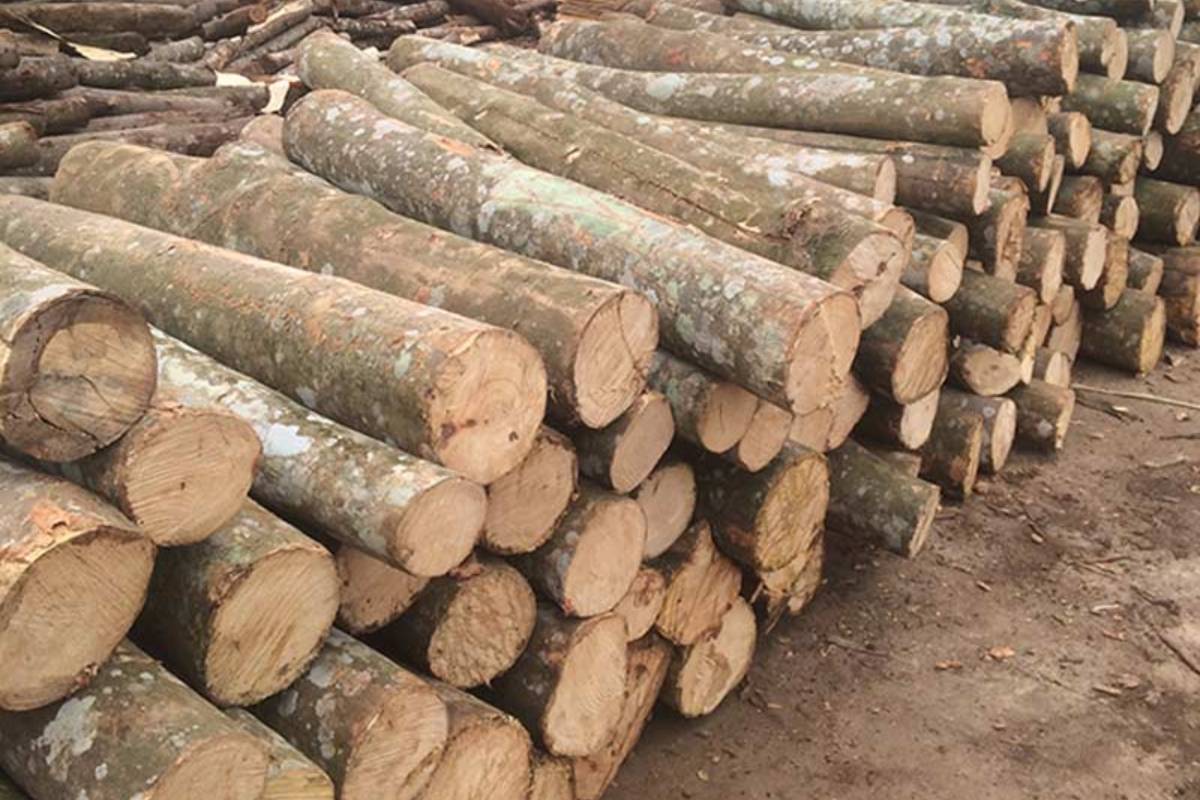
Advantages:
- High Durability: Acacia wood can withstand heavy loads, making it suitable for packaging heavy products.
- Good Warping Resistance: Acacia wood is less likely to deform under environmental conditions, ensuring packaging stability.
- Easy to Process: Acacia wood can be easily processed into thin or thick plywood sheets depending on product requirements.
Applications: Acacia wood is commonly used for manufacturing plywood packaging for carton boxes, shipping crates, and wooden pallets.
2. Bodhi wood
Bodhi wood, a lightweight yet durable type of wood, is frequently used in the production of packaging plywood, especially in applications that require reducing the weight of packaging while still ensuring sturdiness. This type of wood also has good resistance to termites and moisture.
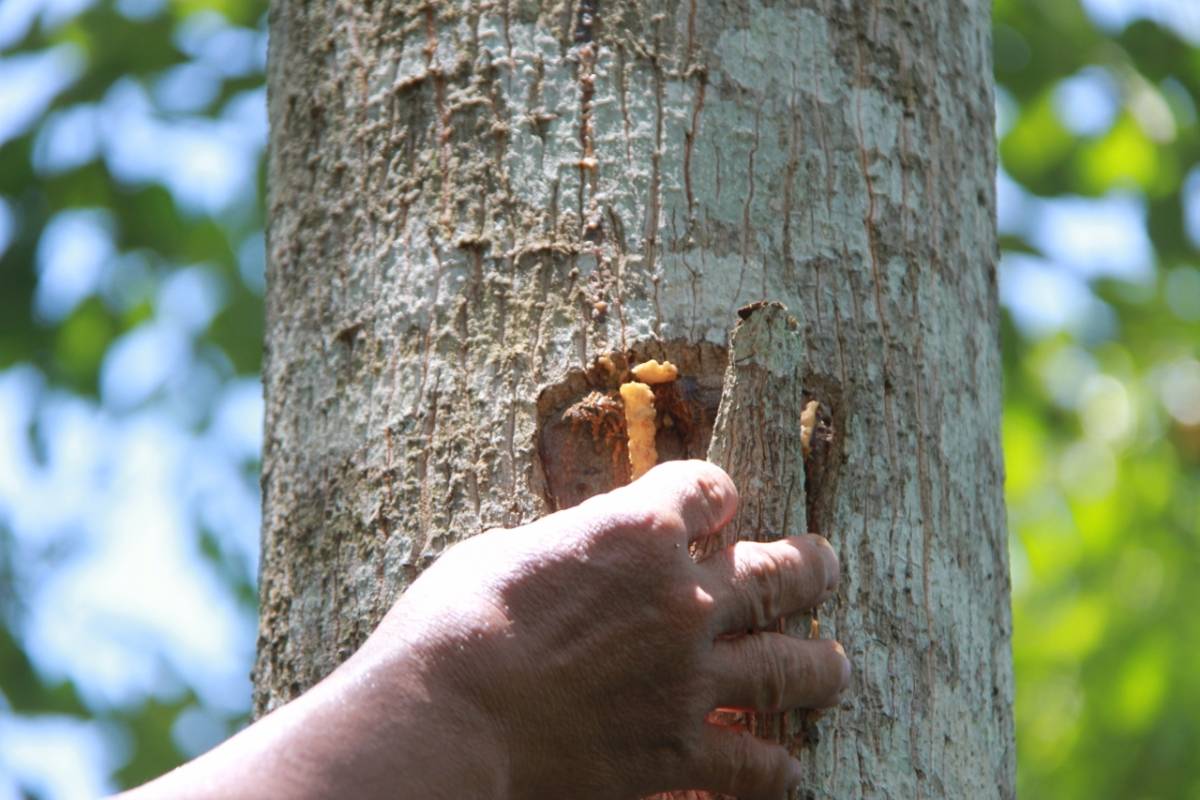
Advantages:
- Lightweight: Bodhi wood's light weight helps reduce shipping costs and allows for easy handling of packaging.
- Termite Resistance: This is an important feature to protect goods when transported in humid environments or areas with termite risks.
- Easy to Process and Cost-Effective: Bodhi wood is easy to cut, drill, and process, and it is relatively inexpensive, helping to reduce production costs.
Applications: Bodhi wood is commonly used for lightweight packaging products, such as plywood for carton boxes, export packaging, or products that require high mobility.
3. Rubber wood
Rubberwood is a softwood but has excellent durability and stability, especially under changing environmental conditions. It is a cost-effective material that is easy to process, making it suitable for producing packaging plywood in light industries.
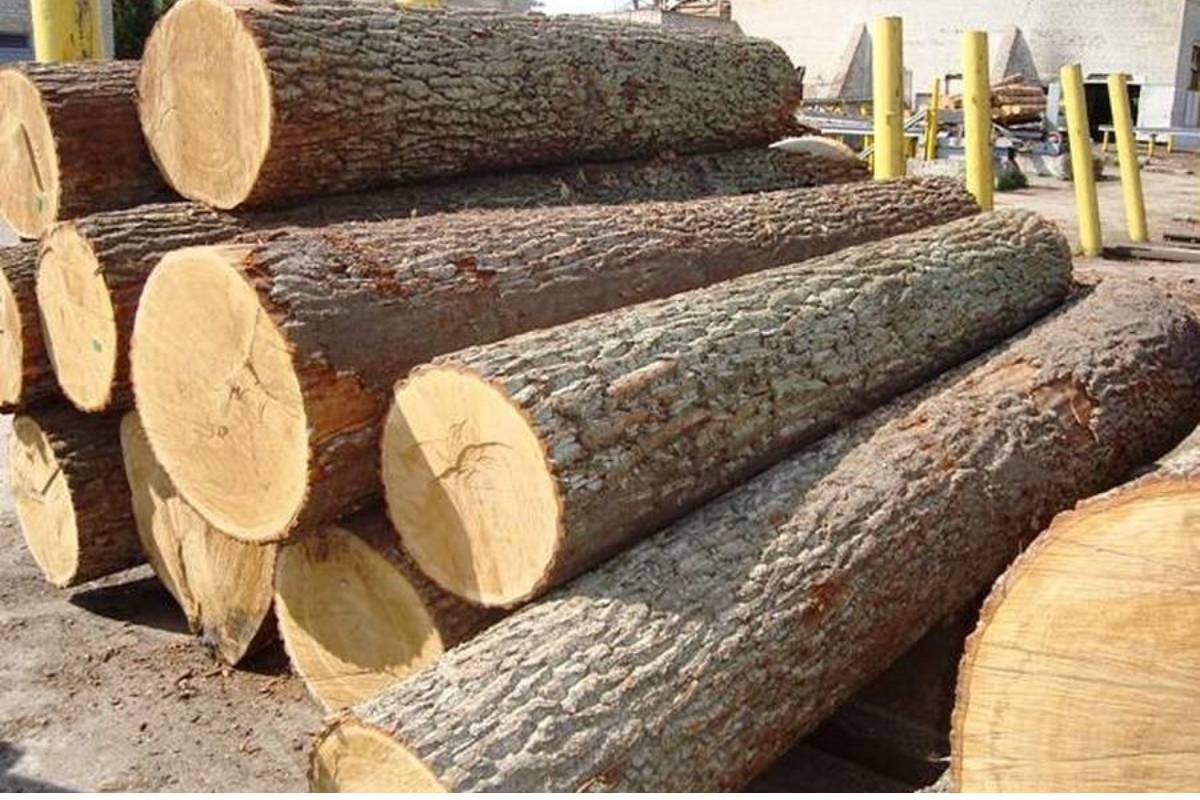
Advantages:
- Stable Durability: Rubberwood can withstand changes in humidity and temperature, ensuring that products do not deform during use.
- Warping Resistance: Rubberwood is less prone to warping or cracking when used in fluctuating temperature and humidity conditions.
- Cost-Effective: Compared to hardwoods, rubberwood has a lower production cost, helping to save on plywood manufacturing expenses.
Applications: Rubberwood is commonly used to produce plywood packaging for products that need protection but don't require extremely high durability, such as export packaging for consumer goods or light industrial products.
4. Pine wood
Pine wood is a softwood that is lightweight and easy to process, widely used in packaging plywood applications. While pine wood is not as durable as acacia or oak wood, it is a popular choice for lightweight packaging products due to its low cost and ease of processing.
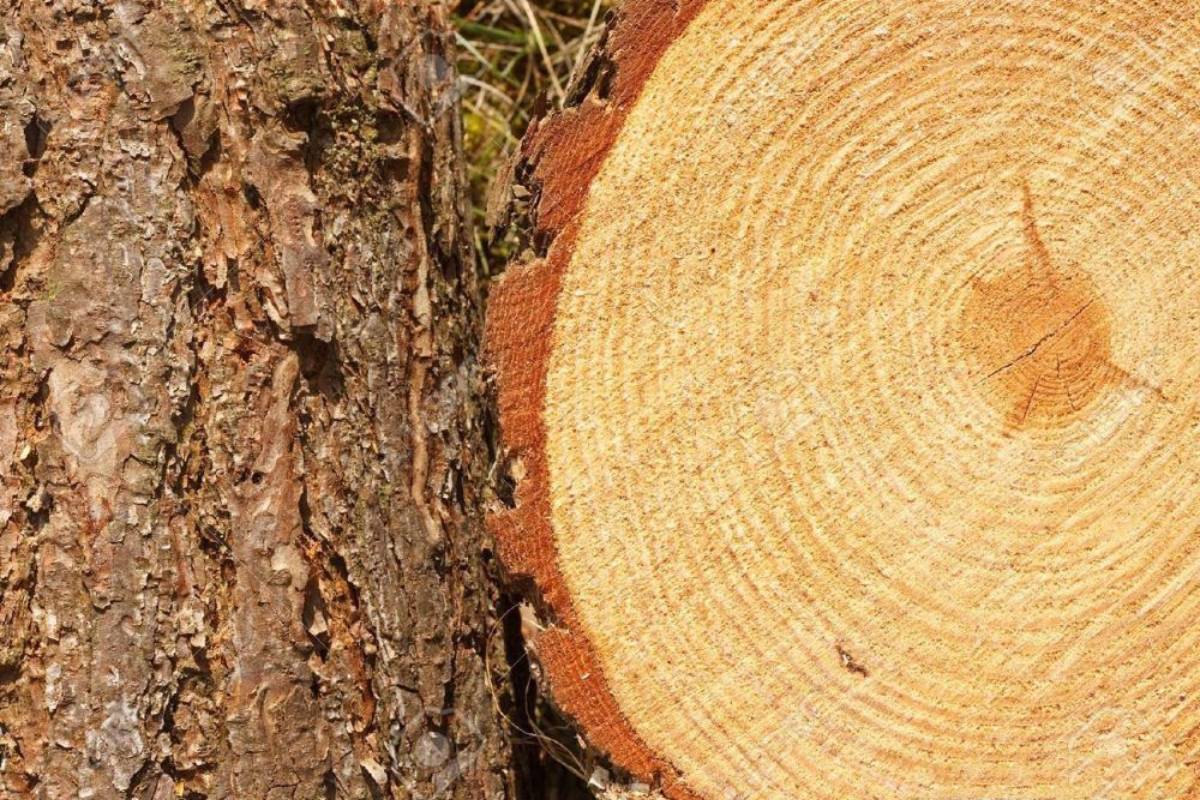
Advantages:
- Lightweight: Pine wood helps reduce shipping costs and results in packaging that is not overly bulky.
- Easy to Process: Pine wood is easy to cut and drill, saving production time.
- Low Cost: Pine wood has a low price, making it an affordable option for plywood packaging production.
Applications: Pine wood is often used in the production of packaging for light goods, carton boxes, wooden pallets, or export products that require a low-cost solution.
5. Oak wood
Oak wood is a hardwood known for its strength and durability, highly valued in the wood processing industry, especially in the production of high-quality furniture. However, it is also used in packaging plywood production, particularly for products that require high durability and stability.
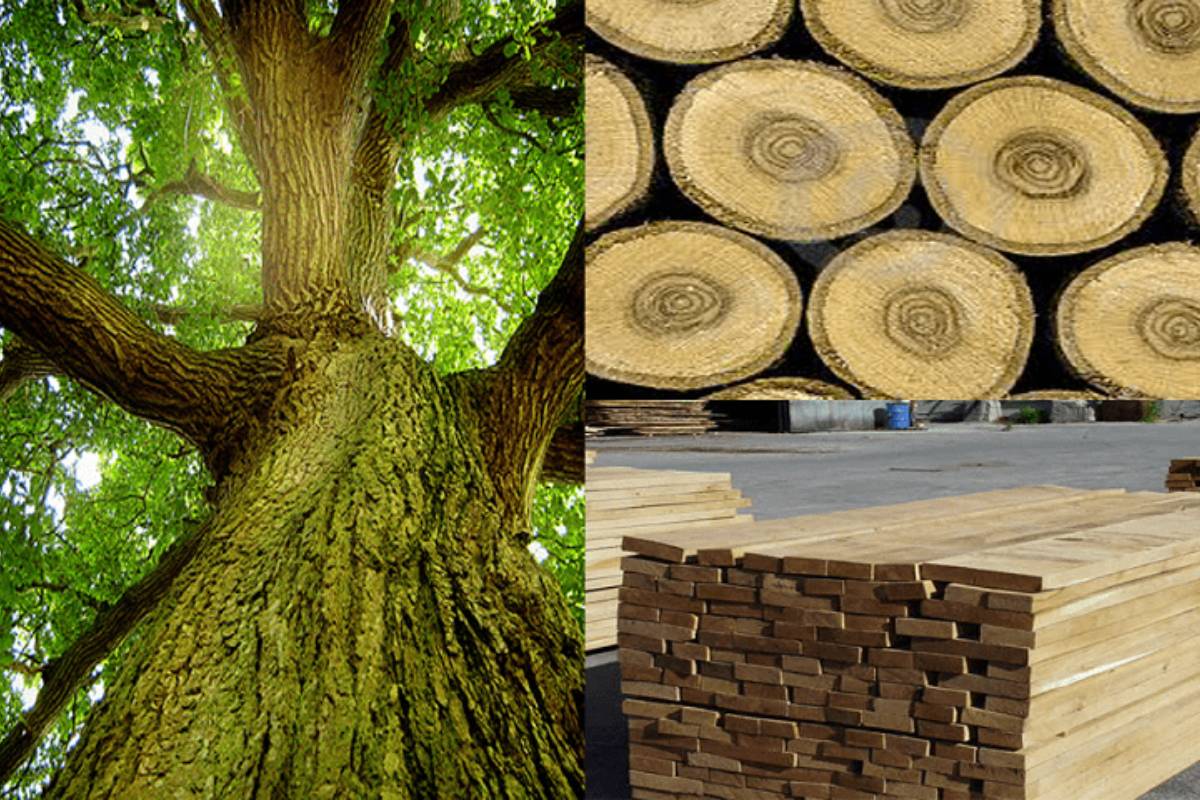
Advantages:
- High Durability: Oak wood has excellent load-bearing capacity and can effectively protect products in harsh transportation conditions.
- Termite Resistance: Oak wood is resistant to termite attacks, helping to protect goods during transit.
- Beautiful Color and Grain: Oak wood has an attractive color and grain pattern, which adds aesthetic value to plywood sheets.
Applications: Oak wood is often used for premium packaging products, such as plywood for electronic product protection, high-value items, or plywood requiring long-term durability.
6. Coconut wood
Coconut wood is a unique choice in plywood packaging production, especially in regions with abundant coconut trees. Coconut wood is hard and has excellent strength, making it ideal for creating durable and sturdy packaging products.
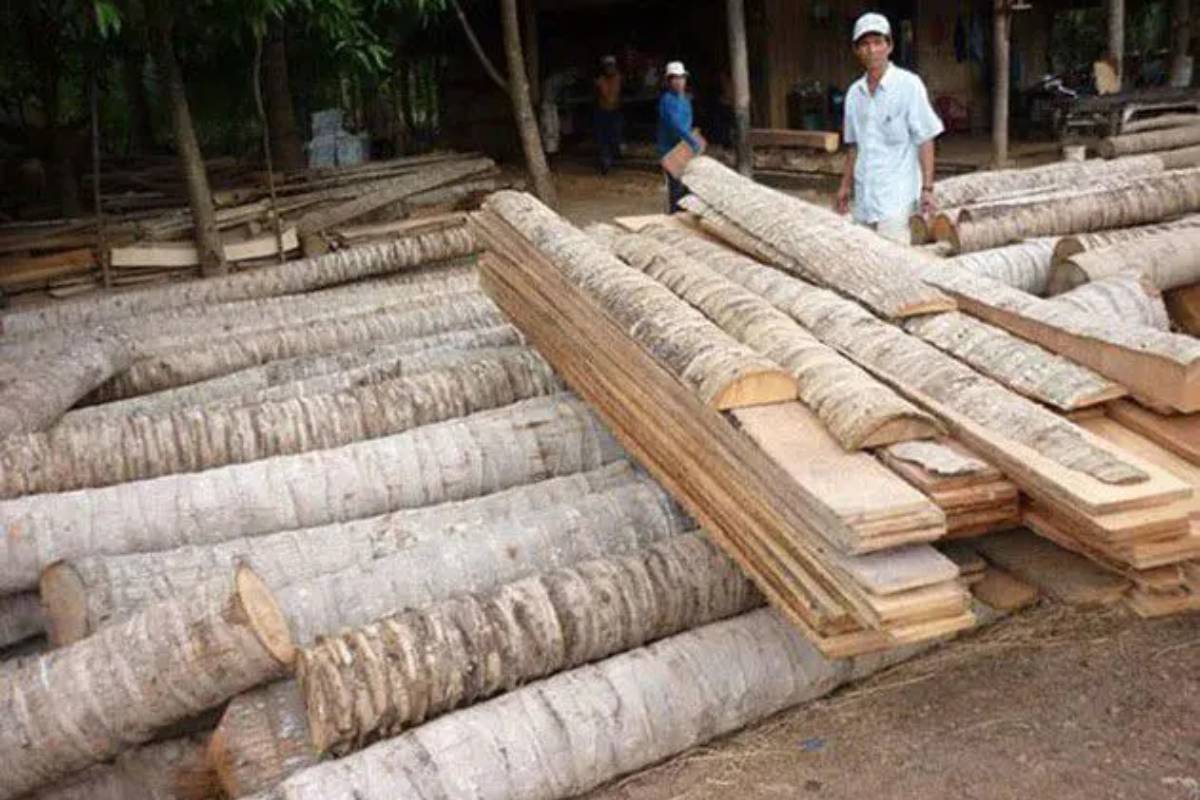
Advantages:
- High Hardness: Coconut wood is highly resistant to impacts and can handle heavy loads, making it ideal for protecting products during transportation.
- Good Moisture Resistance: Coconut wood is moisture-resistant and not as prone to termite attacks as other types of wood.
- Environmentally Friendly: Using coconut wood helps utilize resources from coconut trees, making it an environmentally friendly choice.
Applications: Coconut wood is commonly used in export packaging applications, especially for products that need to be well-protected in humid environments.
With the diversity of wood types and their superior characteristics, plywood manufacturers can choose the appropriate material based on requirements such as durability, weight, load-bearing capacity, and production costs. From acacia, bodhi, and rubberwood to pine and oak, each type of wood offers distinct advantages to meet various needs in the packaging industry. Choosing the right type of wood not only ensures the quality of packaging products but also helps optimize production costs and effectively protect goods during transportation.










